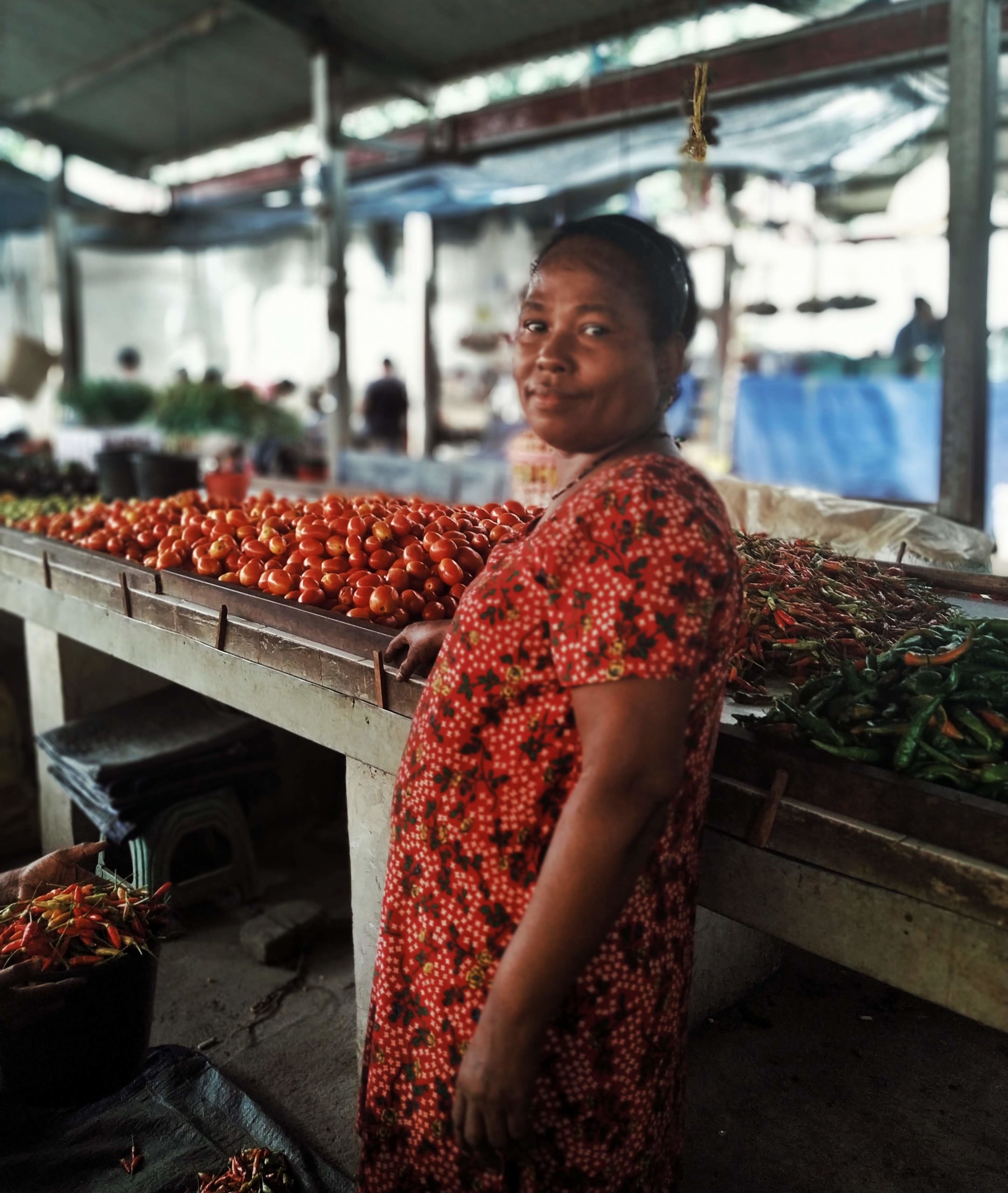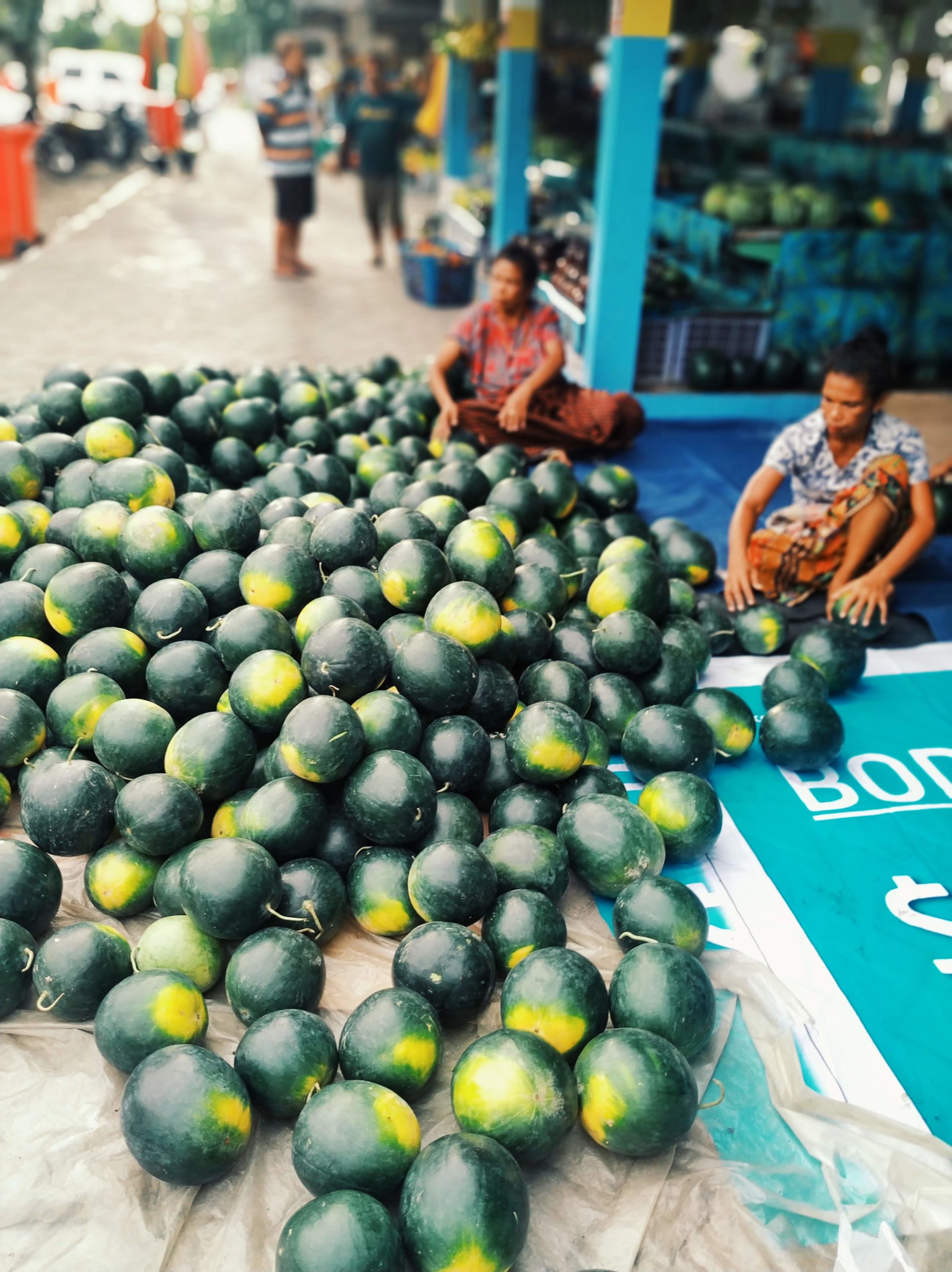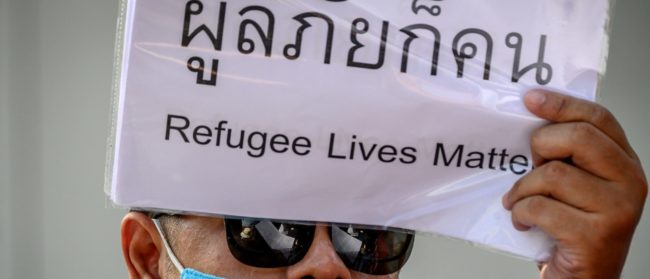“Quarenta e cinco mil ($45 million in Portuguese) was last year’s budget allocation. Maybe we can increase it to lima puluh juta ($50 million in Bahasa Indonesia),” someone muses. I look at my notes, an incorrigible mess of ribus (Indonesian 1000s), juta (Indonesian millions), milhões (Portuguese millions) and tokon (Tetun millions).
Timor-Leste, the youngest country in Southeast Asia has two official languages – Tetun and Portuguese – and two working languages – English and Bahasa Indonesia. Dialects are spoken across the thirteen districts ranging from Fataluku in Lautem to Makasae in Baucau.
A Timorese person can speak more languages than an average person, confusing for a listener but a testament to the versatility of this tiny nation. The language used for counting is a function of age, place and company in Timor-Leste. People slip into Bahasa Indonesia, Tetun, Portuguese or their mother tongue based on which language they were schooled in, whether the conversation is happening in the market, home or office, and if they are speaking with someone from the same district or not.
While the Timorese people certainly inspire awe for their multi-linguicism, this phenomenon has also generated a deep-seated debate on the most appropriate language for the law, schooling and business as the country balances considerations of cultural identity and practicality.
While Tetun, one of the official and indigenous languages of Timor-Leste, has its own numbers, the streets decry them as too long, too convoluted and best suited to raise the morale of malae ‘foreigners’ self-congratulating themselves on making an effort. Go to the fruit market and ask for hitunulu resin lima centavos (75 cents) worth of limes, they spot a newcomer faster than you can say hira (how much)? Shopping in Bahasa Indonesia numbers (in this case tujuh puluh lima), the language of the occupier of 24 years, is much easier and the generally accepted medium for business transactions.
In the last 500 years Timor-Leste has gone through colonisation, occupation and independence – all of these impacting language in unique ways. As an aftermath of the 1974 Carnation Revolution, Portugal decided to give up its colonies. Timor-Leste declared independence in November 1975 after more than 400 years of colonial rule but Indonesia invaded it right after in December 1975. In 2002, Timor-Leste was formally recognised by the United Nations as an independent nation.
The US dollar was adopted as state currency in 2000 under the UN Transitional Administration in East Timor, an interim civil administration and peacekeeping mission facilitating Timor-Leste’s transition to independence, in consultation with Timorese representatives. This was done as a bid to combat the problem of multiple currencies circulating in the economy, especially the Indonesian rupiah on the back of the 1997 Asian financial crisis. A lack of institutional capacity to set up independent monetary policy made the dollarisation argument stronger at the time. While the US dollar is written out in Arabic numerals (1, 2, 3, 4…), be it a state budget book or a hotel, each institution has a different take on notations.

I remember my first Portuguese restaurant bill for $13,00 when I had a mini heart attack wondering whether the parmesan on the pasta was actually smack. Tetun follows a similar decimal separator system as English: a dot (.) decimal separator with a comma (,) digit separator e.g. $4.3 million is four million and three hundred thousand.
Portuguese on the other hand, similar to continental European languages and former French and Portuguese colonies in Africa, uses a comma (,) as decimal separator and the dot (.) as the digit separator. So the same four million and three hundred thousand is $4,3 million. $4.300.000,00 is also the same written out completely. Translating official documents between languages turns out to be quite tedious each time, which a Word Replace All function cannot fix.
Most people who went to school during the Indonesian occupation were taught in Bahasa Indonesia. This means that a lot of mid to senior management across Timor-Leste went through the Indonesian schooling system. The law is written out in Portuguese which means most government bodies will have native or fluent Portuguese speakers to interpret, draft and amend the law. Tetun, the language adopted as lingua franca by newly independent Timor-Leste in 1999, has gained currency in the last twenty years. But at the time of its adoption in 1999, not very many people spoke it fluently across the new nation.
Schooling currently does not have a unified primary language of instruction. Most public schools teach in Tetun, while there are more private schools that teach primarily in English or Portuguese. There are initiatives to promote education in the mother tongue such as EMULI started in 2013 in three pilot districts of Manatuto, Oecusse and Lautem.


Tetun medium schools use Portuguese textbooks for subjects like Mathematics, and teach Portuguese as a subject as well. While the textbooks may be in Portuguese, teachers often ‘explain’ in Tetun for the students to best understand. After ten years of schooling students may report being able to read and understand Portuguese but not necessarily speak it. But it still means that Gen-Z and millennial Timorese can count across different languages with ease, same as Timorese boomers.
There have been two big upheavals in the schooling system — the end of Portuguese colonial rule in 1975 and the subsequent 24-year Indonesian occupation, and full independence in 2002 — in less than fifty years. The aftermath of these episodes requires a considerable effort to consolidate the linguistic medium of learning. In 1999, the UN organised a self-determination vote in which 90% of the Timorese participated and chose independence over assimilation with Indonesia. When it comes to counting, this year is still often proudly referred to as Sembilan Sembilan (’99) in Bahasa Indonesia.
All this is to show that Timor-Leste has a chameleon-like ability to change as the situation demands, but this small Southeast Asian nation is still deliberating on how to harness its Tower of Babel multilingual strengths for the good of the country.
Aashna Jamal works as an economist for the Ministry of Finance in the island country of Timor-Leste. She grew up in Indian-administered Kashmir and went on to complete her BA Economics (hons) from St. Xavier’s College, Mumbai, and MA in Economics from Yale University, USA.


